What is a Solar Inverter? Complete Homeowner’s Guide (2025)
If you’re thinking of installing solar panels on your company or home, then you’re on the right path to reducing your expenses. But the panels don’t satisfy all your needs. The power they generate isn’t enough for your lights or fridge, nor for the grid. This is why every solar system requires an inverter to convert solar energy into electricity.
This guide will explain what is a solar inverter, the way it functions, and the various types of models that will be available in 2025, the they’ll cost you, and the best way to pick the best one. We’ll also give real-world examples and provide the most recent updates to be aware of this year.
What is a Solar Inverter? Quick Facts
- Simple Answer: The inverter is the “brain” of your solar system.
- Main Job: It converts the Direct Current (DC) power from your solar panels into Alternating Current (AC) power that your home can use.
- Safety Role: It also manages system safety and shuts down power during a grid outage to protect utility workers.
- The “Bridge”: The *type* of inverter you choose (like a “hybrid” inverter) is what makes your system “battery-ready.”
What is a Solar Inverter?
A solar inverter acts as part of the system’s brain. It is also a translator for the solar system. The panels generate electricity that is direct current (DC). Your home and power grid operate on AC or alternating current (AC). Inverters convert DC into AC to ensure that the electricity can power your home.
However, the job of an inverter does not end there. Modern models optimize the efficiency of your system through the maximum power point tracking (MPPT), ensuring that your system is safe by shutting down in the event of interruptions (a feature known as anti-islanding) and also allow you to monitor performance using applications. Without an inverter, your solar system will be nothing more than a few silenced panels positioned on your roof.
Types of Solar Inverters
In 2025, both businesses and homeowners will be able to choose between solar inverter types. Each has distinct advantages and drawbacks.
-
String Inverters
The most commonly used configuration for homes is the string inverter. In this case, a central unit is responsible for the output of many panels joined together in a “string.” Because the panels are tethered together, the performance of each panel is determined by the weakest link.
If one panel is underperforming and the string is affected, it will all drop. The benefits are affordability and the ease of maintaining. A typical string inverter will cost between $2,000 and $1,500, which makes it a budget-friendly option if your roof is in the sun’s full and has minimal shade.
-
Microinverters
Microinverters go in the opposite direction. Instead of a single device that is used across multiple panels, every panel is given an inverter that is unique to it. This means dirt or shade on one panel won’t weigh down other panels. Microinverters last longertypically between 15 and 25 years, and are backed by long warranties.
However, the downside is the price between $200 and $500 for each panel; these are expensive and add up quickly. They’re a great option for roofs with complex designs or properties with shade in which efficiency is more important than the upfront savings.
-
Power Optimizers incorporating String Inverters
The hybrid setup places optimizers in each panel, allowing them to monitor the performance on their own, and an inverter centrally transforms power. It’s less expensive than full microinverters and delivers higher performance than a simple string configuration.
-
Hybrid Inverters
Hybrid models are expected to gain traction in 2025. They can be used with batteries and solar panels that can be installed immediately, as well as added at a later date. They’re expensive, typically between $1,500 and $3,500; however, they’re a good option when you need backup power or plan to increase storage capacity in the near future.
Have Technical Questions About Inverters?
Prefer to email? Send us your questions about string, micro, or hybrid inverters, and one of our solar consultants will reply with a detailed answer.
Commercial and Industrial Inverters
The larger systems, like offices, farms or factories, employ three-phase inverters that are designed to handle greater loads. They’re not commonly used in residential settings, but are crucial for business owners who wish to reduce operating expenses.
How Solar Inverters Work
The inverter’s process may sound complex; however, it can be explained in just a few steps. First, solar panels absorb sunlight and produce DC electricity. This electricity then flows through an inverter that converts it to AC energy. The energy can be used to power your appliances, recharge batteries, or be sent back to the grid.
Modern inverters employ MPPT to control the current and voltage to ensure maximum output continuously. They also sync with grid’s frequency and offer safety features, for instance, turning off power during blackouts to safeguard utility workers. In essence, the inverter guarantees that every sun’s ray is converted into usable and safe energy.
Solar Inverter Costs in 2025
Cost is among the most frequently asked questions by homeowners, and they have good reasons. Here’s a look at what you’ll be able to expect to see:
| Inverter Type | Typical Cost (2025) | Notes |
| String | $1,000-$2,500 | Simple, low-cost and the cheapest upfront |
| Micro | $200-$500/panel | Most effective in shade, with higher efficiency |
| Optimizer + String | $1,500-$3,500 | Middle cost/performance of the ground |
| Hybrid | $1,500-$3,500 | Included battery assistance |
In a typical house inverter is approximately 10% to 15% of the total cost of solar. If you’re planning to install a $20,000 system, anticipate spending approximately $2,000-$3,000 on the cost of an inverter.
It’s important to note that the least expensive option may not be the most efficient. A better-quality option that has an extended warranty could lower your inverter cost
in the long term by making sure you don’t have to pay for replacements too soon.
Lifespan, Warranties, & Maintenance
Inverters last less than panels. Solar panels typically have 25to 30 years of warranties. Inverters usually require replacement at least once in that period.
- Inverters for strings: 10-15 years
- Microinverters: 15-25 Years
- Warranties: ranging from 10 years for the basic models up to 25 years for the premium models.
A good maintenance program can make an impact. Maintaining the unit cool, shaded and free of dust or surges will prolong its lifespan. Many homeowners should prepare financially in the event of a replacement for their inverter when it comes to calculating the ROI.
Get a Quote on a “Battery-Ready” System
Our experts can design a complete solar system for your home, including the perfect hybrid inverter. Contact us for a free, no-obligation quote.
2025 Updates You Should Know
Technology and policy shifts mean that the inverter market will be different by 2025 as compared to just two years back.
Modern models can now achieve an efficiency of between 97% and 98%, which means less energy is wasted in conversion. Intelligent inverters are also a standard in line with grid rules and allow remote control and increased security. Battery integration is becoming cheaper, making hybrid systems attractive.
In the financial aspect on the financial front, the solar tax credit (ITC) is still able to cover 30% of the costs, including inverters. This is an important reason why solar is growing throughout the United States.
Get the Right Inverter for Your Home
Our certified installers will help you choose the perfect inverter (string, micro, or hybrid) for your home’s unique needs and budget.
How to Choose the Right Solar Inverter
The process of selecting the right inverter boils down to a couple of important issues:
-
What is the size of your system?
The inverter you choose should be able to match or slightly more than the capacity of your panels.
-
Are you able to have shade over your home?
If yes, microinverters and optimizers can help protect your output.
-
Do you require batteries now or in the future?
If yes, then an inverter that is a hybrid is a good choice.
-
What efficiency score is it?
Try to find more than 95%.
-
What is the duration of the warranty?
The minimum warranty is 10 years. However, 15-25 years is more beneficial.
-
What advice would your installer give you?
An experienced installer will know what models are suitable for the local environment and utility regulations.
If you answer these questions, you will reduce the options and guide you to the best technology for your business or home.
Real-World Examples
-
A 6 kW Home System
Let’s take a look at a typical home setup. A solar array of 6 kW in 2025 will cost around $20,000 with incentives. Inverters, one that is a string model, priced at $1,800, make up approximately 9% of the total.
With an annual savings in electricity of around $1200, the homeowner can make ends meet in about eight years when tax credits are credited. Inverters will probably require replacement by year 12, but the system is well-funded before that.
-
A 15 kW Small Business System
Think about a business that has greater energy demands. A 15 kW power system may cost you $50,000. In this case, a three-phase hybrid inverter that costs around $5,000 will allow not only effective power conversion, but also battery backup in the event of interruptions.
The company can save around $4,000 annually on utility costs, and the inverter provides seamless integration with electrical loads. National Renewable Energy Laboratory (NREL)
Get a “Battery-Ready” System
Don’t install an outdated system. Our experts can design a solar + hybrid inverter system that’s ready for battery backup from day one.
Conclusion
So the answer to the question “what is a solar inverter” is that they are much more than just a box to add to your solar system. It’s the element that makes the system efficient as well as safe and efficient. Technology has advanced with more efficient controls, more efficient and a simpler battery connection. Costs can vary, but making the best choice will reduce your costs and stress during the lifetime of your system.
If you’re thinking of going solar, don’t think of the inverter as a secondary consideration. Find out about the kinds of warranties, as well as battery options. If you choose the right inverter, you’ll benefit from every roof panel -and for every penny you spend. U.S. Department of Energy
Frequently Asked Questions
What can an inverter that converts solar energy work?
It transforms DC energy from panels into AC electricity, which your home as well as the grid can utilize.
What are the types of products available?
The most popular choices are string inverters, microinverters, power optimizers with central units and hybrid models that can be connected to batteries.
How much will the 2025 prices cost?
The majority of homeowners pay between $3,000 and $1,000 for a microinverter, while the price ranges from $200 to $500 per panel.
How long are they expected to last?
Inverters for strings typically last 10 to 15 years, microinverters 15-25.
Are microinverters better?
They are more effective in areas with shade or different angles, even though they will cost you more in the beginning.
Are batteries able to be added in the future?
Yes it is, but only if the inverter is battery-ready or hybrid.
What kind of efficiency can I expect?
Modern models are between 95 to 98 percent.
Do I require a replacement?
It is a good idea to do this at least once in the 25-year lifespan of your solar panels.
Do inverters function in blackouts?
Only hybrid inverters coupled with batteries can provide power to your home in the event of power outages.
Which one should I pick?
Find the right type of inverter for your roof, your future battery plans, and the warranty period. Always follow the installation instructions.
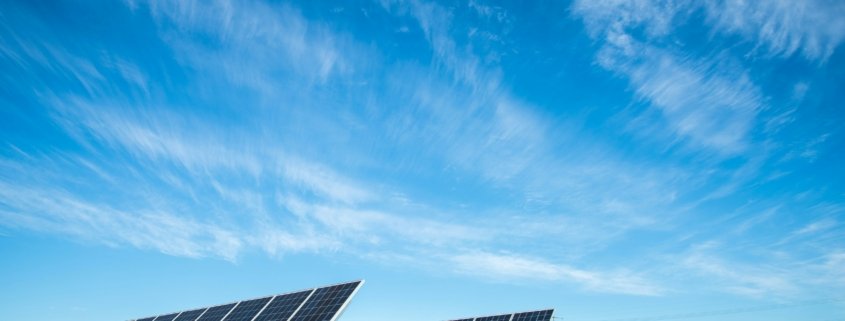
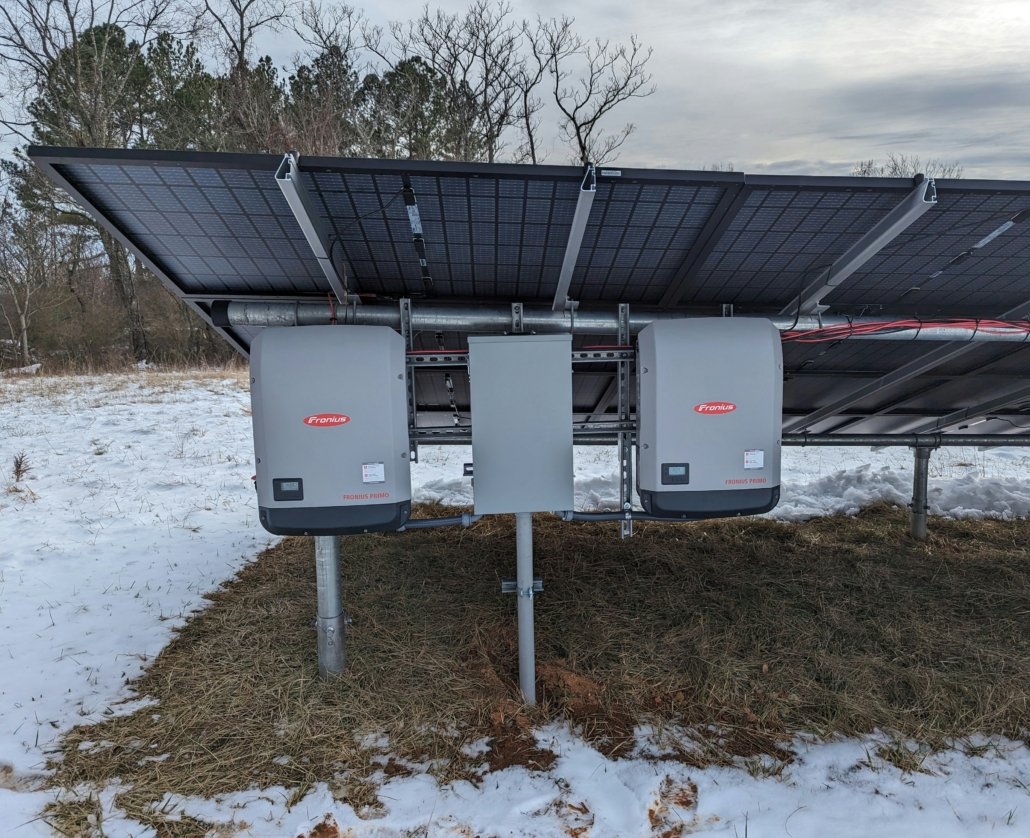
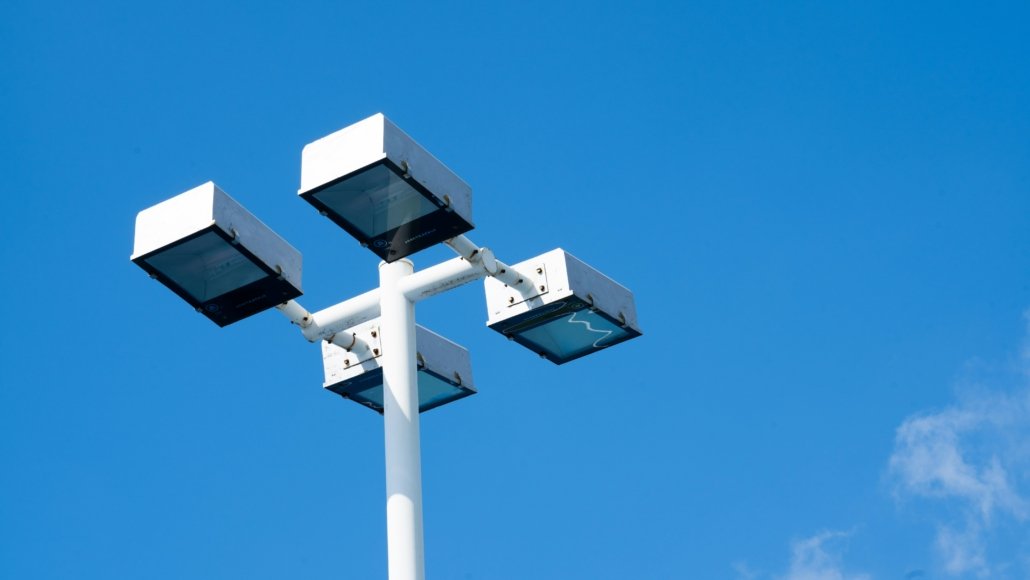
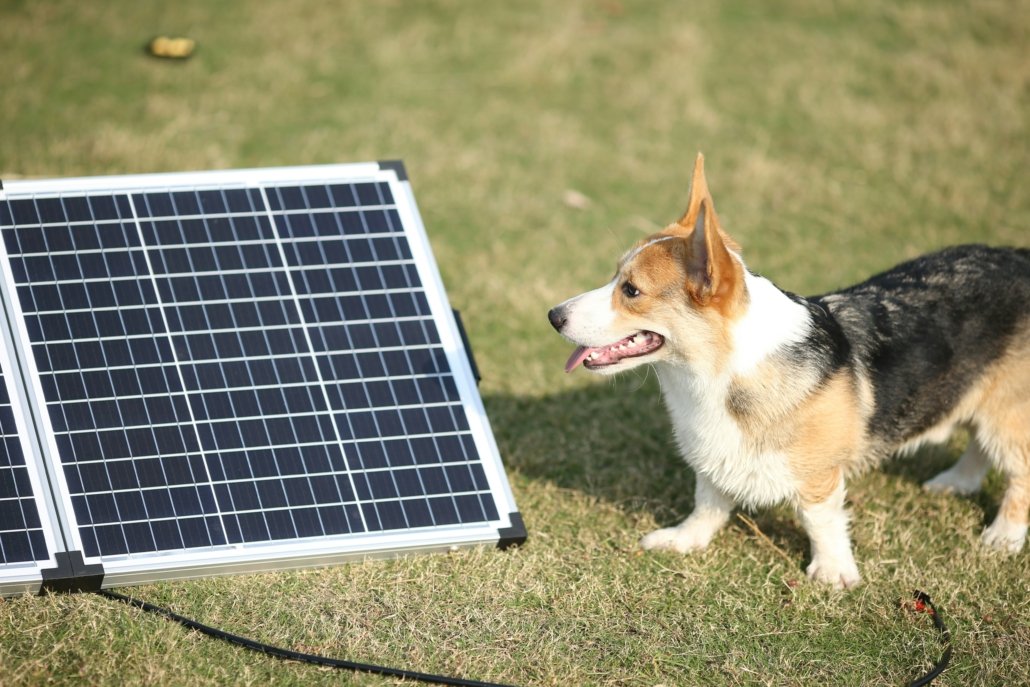
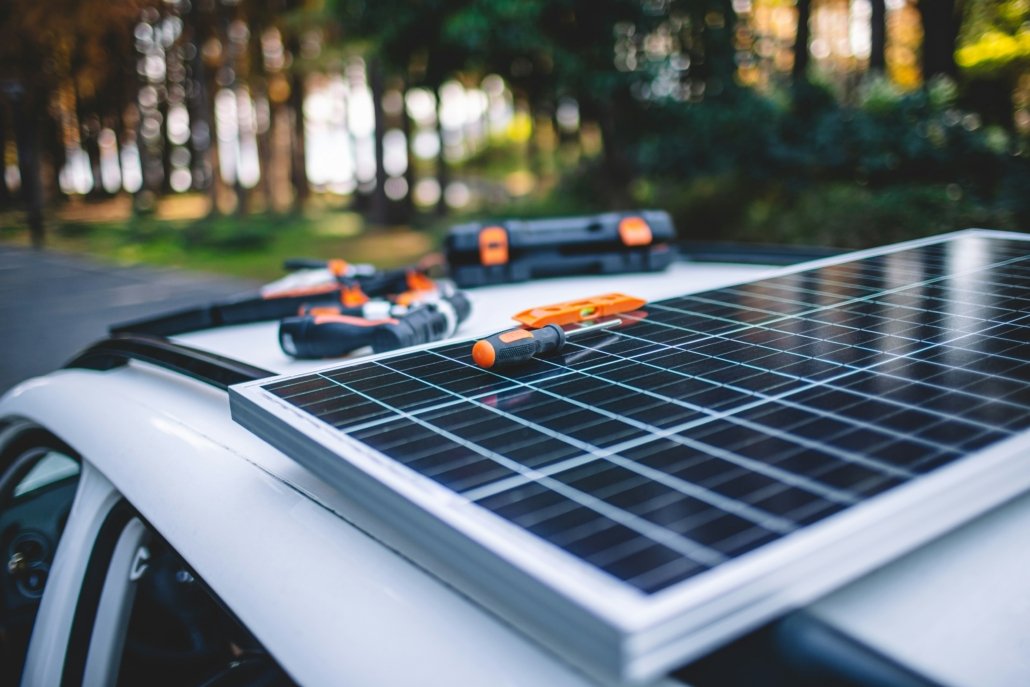
Leave a Reply
Want to join the discussion?Feel free to contribute!